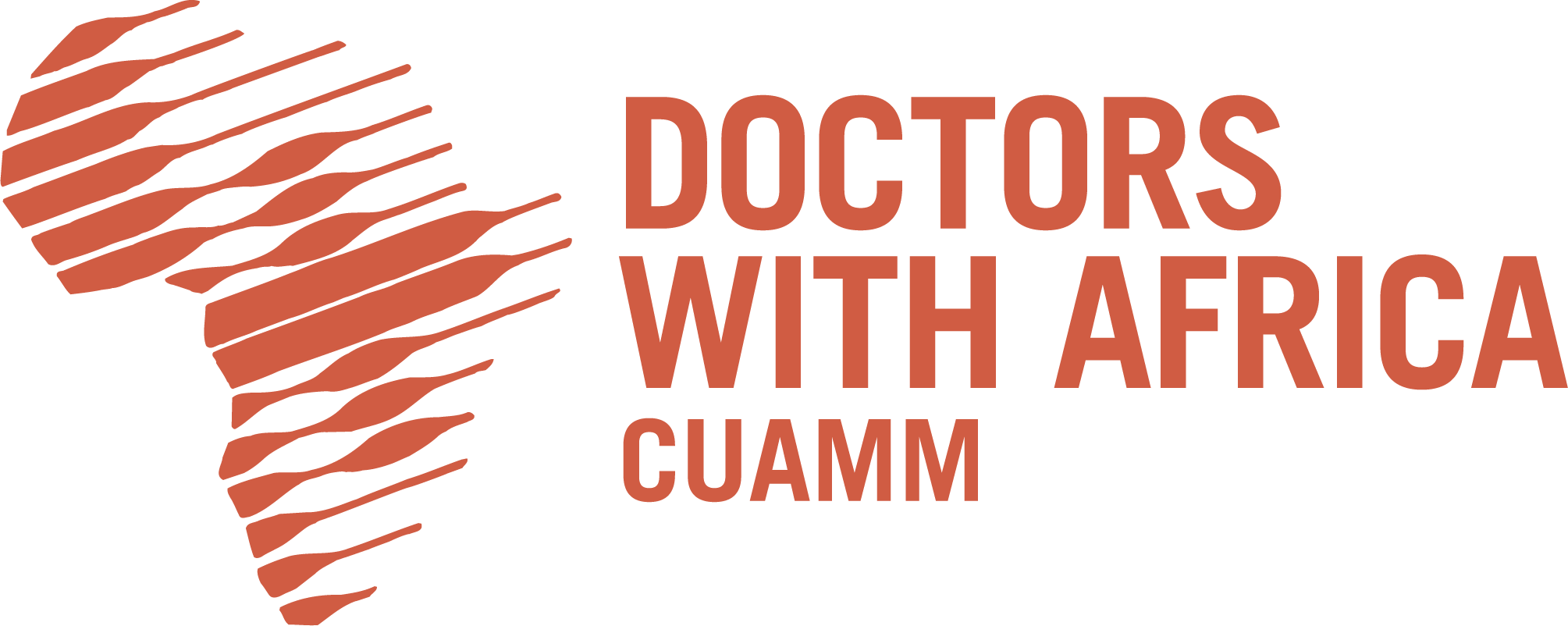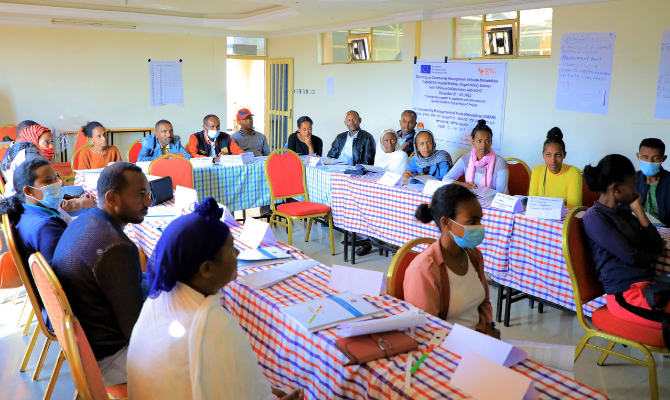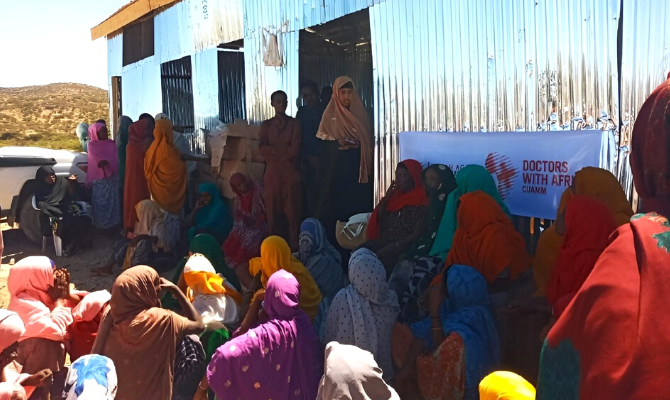“The Mobile ODT is a portable colposcopy, a device the size of a cell phone that can make a big difference in the fight against cervical cancer.” This is how Ademe Tsegaye, Doctors with Africa CUAMM’s public health expert, explained the results of a pilot study on Friday, October 20, to the Ethiopian Minister of Health and other important stakeholders. CUAMM is investing in St. Luke’s hospital in Wolisso and ten peripheral centers to provide quality services for the prevention and treatment of cervical cancer, the most common form of cancer among women in Ethiopia. The project is part of the Ethiopian government’s national plan for controlling non-communicable diseases, supported by Pink Ribbon Red Ribbon (PRRR), Bristol-Myers Squibb Foundation (BMS), and other donors.
Ademe explained, “The health center staff’s task is to evaluate possible lesions of the cervix which could develop into cancer over time.” Nurses generally check patients with their naked eyes, which can increase the chance of incorrect assessments. The Mobile ODT lets them take a picture of the area affected with a basic smartphone, which through a special lens enlarges the image so it can be examined more precisely. The pictures are then sent to an experienced gynecologist who works in a hospital and can provide feedback for each diagnosis.
Matteo Bottecchia, CUAMM’s country manager for Ethiopia, says, “Not only does this help patients, it also helps us evaluate the skills of the nurses in the health centers.” The pilot study showed that the gynecologist sent almost twice as many patients for treatment as those identified by the nurses.
Andrea Atzori, CUAMM’s international relations delegate, says, “The partnership between CUAMM, PRRR, and BMS Foundation has made it possible to launch projects in many African countries for diagnosing and controlling non-communicable diseases, such as cervical and breast cancer, the result of a broader collaboration between CUAMM and partners with U.S. headquarters.“




